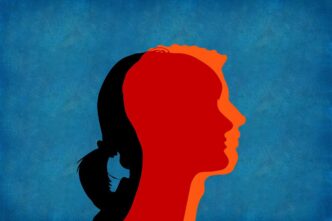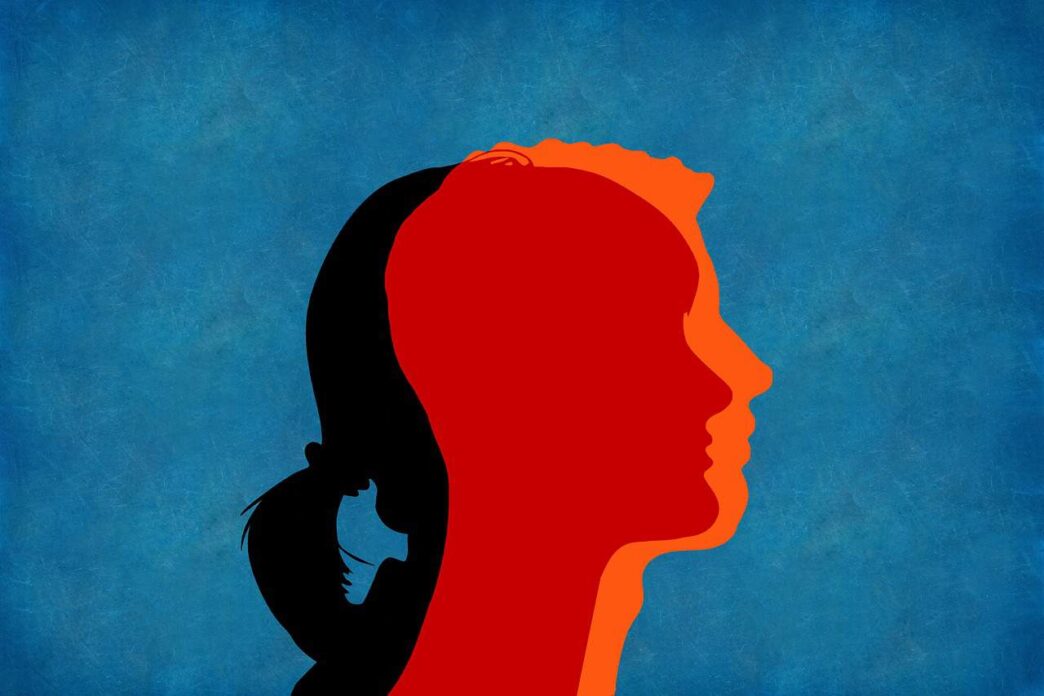In the vast realm of medical treatments, hormone replacement therapy (HRT) is a beacon for individuals grappling with the complexities of hormonal imbalances. These imbalances, stemming from various reasons—age, genetics, or health conditions—can profoundly influence physiological and psychological well-being. Recognizing the gender-specific nuances of HRT is paramount in ensuring individuals receive the most personalized, effective care. Hence, what is the best hormone replacement therapy? Well, this article delves into the gender-focused best practices in hormone replacement, highlighting the tailored approaches that address the distinct needs of men and women.
- Understanding the Fundamental Differences
Before embarking on a hormone replacement journey, it’s essential to understand the underlying hormonal differences between men and women. While both genders have estrogen, progesterone, and testosterone, the concentrations and functions of these hormones differ. For instance, testosterone is predominant in men, playing roles in muscle mass, bone density, and libido. Conversely, women have higher concentrations of estrogen and progesterone, which regulate menstrual cycles, pregnancy, and bone health.
- Menopause and Women’s Hormone Replacement Therapy (HRT)
One of the most well-recognized applications of HRT is in treating the symptoms of menopause in women. As ovarian function declines, estrogen and progesterone levels drop, leading to symptoms like hot flashes, mood swings, and vaginal dryness. Women-specific HRT usually involves the replacement of these hormones, either individually or in combination, to alleviate symptoms and prevent osteoporosis.
- Andropause and Testosterone Replacement Therapy (TRT) for Men
While less commonly discussed, men also undergo an age-related hormonal shift termed andropause. During this phase, there’s a gradual decrease in testosterone levels, leading to fatigue, decreased libido, mood disturbances, and loss of muscle mass. Testosterone replacement therapy (TRT) aims to restore these levels, enhancing overall well-being and counteracting the effects of diminished testosterone.
- Safety Concerns and Personalized Treatments
While HRT and TRT can offer myriad benefits, they are not without risks. For women, certain types of HRT might increase the chances of blood clots, breast cancer, and stroke. Conversely, men might face potential risks such as sleep apnea, erythrocytosis, or prostate growth with TRT. Hence, personalized treatment plans are crucial, considering an individual’s health history, genetics, and risk factors. Regular monitoring and dosage adjustments, guided by thorough medical evaluations, ensure that the therapies remain both effective and safe.
- The Role of Bio-identical Hormones
Bio-identical hormones have gained traction in the pursuit of the most natural form of replacement. They are chemically identical to those produced by the human body, promising fewer side effects and improved efficacy. While bio-identical hormones are available for both men and women, it’s crucial to recognize that “natural” doesn’t always mean “risk-free.” A thorough discussion with healthcare providers can help determine their appropriateness for an individual.
- Beyond Hormones: A Holistic Approach
Hormone replacement, while pivotal, is but one facet of comprehensive care. Both men and women benefit immensely from an integrative approach that combines HRT or TRT with lifestyle interventions. Dietary choices, physical activity, mental health support, and nutritional supplements often play supportive roles in ensuring that hormone therapies are both effective and sustainable in the long run.
In conclusion, as medical science evolves, the understanding of gender-specific hormone replacement continues to deepen, fostering tailored, patient-centric care. So, what is the best hormone replacement therapy? Based on this column, now you know that recognizing men’s and women’s unique hormonal needs and challenges is crucial as every human being is different. It’s a testament to the medical community’s commitment to provide symptomatic relief and a renewed sense of vitality and well-being. As individuals and as a society, understanding and embracing these nuances will pave the way for holistic health journeys that honor both the shared and distinct experiences of all genders.







